
in New York & New Jersey
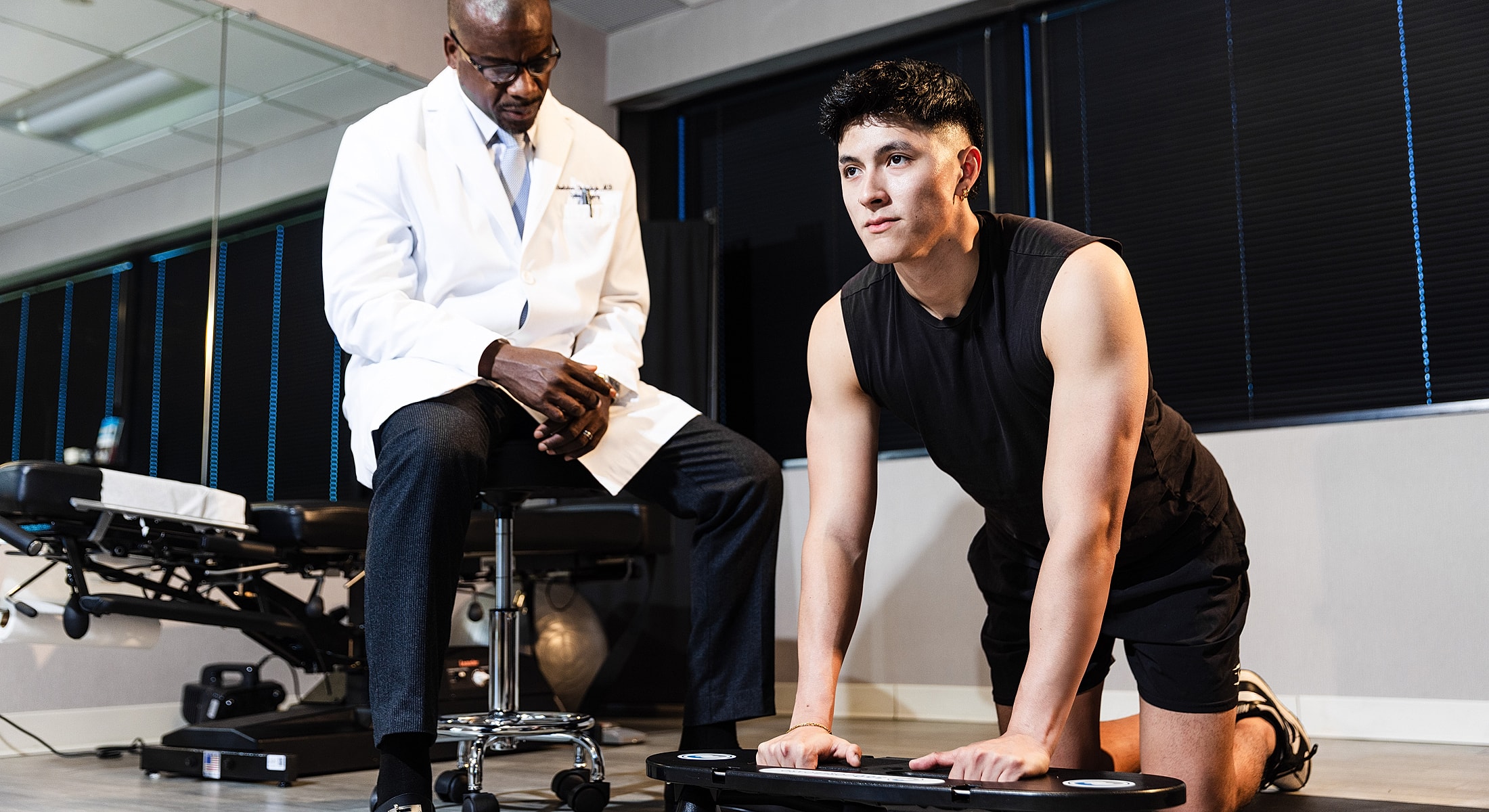







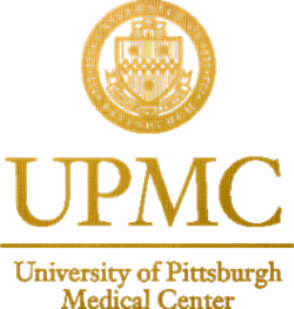








Chronic neck pain, radiating arm discomfort, or numbness in the hands can point to a deeper issue in the cervical spine. These symptoms often result from a herniated or degenerative disc that is pressing on spinal nerves.
When non-surgical treatments stop working, our NYC & NJ anterior cervical discectomy can offer relief.
Led by board-certified spine surgeon, Gbolahan Okubadejo, MD, FAAOS, our specialized services include performing an anterior cervical discectomy to provide respite from the distressing symptoms associated with neck pain. Known for his expertise, precision, and warm bedside manner, Dr. Okubadejo sees patients at multiple locations throughout New York and New Jersey, guiding them through each step with thoughtful, personalized care.
An anterior cervical discectomy is a surgical procedure that aims to relieve pressure on the spinal cord or nerve roots in the neck. A herniated disc or bone spurs often cause this pressure. The procedure involves making an incision in the front (anterior) of the neck to reach the cervical spine. The surgeon removes the damaged disc and any additional material that may be compressing the spinal cord or nerves. After the disc is removed, the space can be stabilized in one of two ways:
Both approaches aim to relieve nerve compression, reduce pain, and restore function. The best choice depends on the patient’s anatomy, health, and activity level.

In addition to neck pain, issues in the cervical spine can cause arm pain or weakness due to nerve root compression, numbness or tingling in the hands or fingers, or loss of grip strength or coordination. Common causes of neck pain and nerve compression include:
Cervical Disc Herniation: This is the most common reason for an anterior cervical discectomy. Disc herniation occurs when the outer ring of the spinal disc becomes weak or tears, allowing the disc’s inner part to bulge out. This can put pressure on the nearby nerve root or spinal cord, causing pain and other symptoms.
Cervical Degenerative Disc Disease: Over time, the spinal discs in your neck may degenerate or wear out, reducing the disc space height and causing instability. This can lead to nerve or spinal cord compression, causing pain and potentially leading to the need for an anterior cervical discectomy.
Cervical Stenosis: This condition occurs when the spinal canal narrows and compresses the spinal cord. Various factors, including aging, arthritis, or degenerative disc disease, can cause it.
Cervical Spondylosis: This is a general term for age-related wear and tear affecting the spinal disks in your neck. Over time, the discs dehydrate and shrink, causing signs of osteoarthritis, including bone spurs.
Anterior cervical discectomy is typically recommended when conservative treatments (like physical therapy or injections) fail to relieve your symptoms. By removing the source of nerve pressure, many patients experience near-immediate relief of pain and other neurological symptoms.
Diagnosing the need for an anterior cervical discectomy typically begins with a detailed evaluation of your symptoms, including neck pain, arm weakness, numbness, or tingling that may suggest nerve compression in the cervical spine.
During your consultation for anterior cervical discectomy NYC & NJ spine surgeon, Dr. Okubadejo, will conduct a thorough physical examination, assessing your neck movement, reflexes, muscle strength, and any neurological signs that point to spinal disc involvement. To confirm the diagnosis and determine the severity of the disc problem, advanced imaging studies are used. X-rays can reveal structural changes in the cervical spine, while MRI scans provide detailed views of the spinal discs, nerves, and soft tissues to identify herniated or degenerated discs pressing on nearby nerve roots. In some cases, a CT scan or a myelogram may be recommended for a clearer view of the spinal cord and surrounding structures. This combination of clinical evaluation and diagnostic imaging ensures that surgery is only considered when it’s the most appropriate and effective option.
Before surgery, you will receive instructions to prepare for the operation, which may include dietary restrictions, medication adjustments, and preoperative physical therapy. On the day of the procedure, general anesthesia is administered for comfort and safety. A small incision (about 1-2 inches) is made at the front of the neck, typically along a natural skin crease to minimize scarring.
Using a minimally invasive approach when possible, Dr. Okubadejo gently moves aside muscles and structures to access the spine. The damaged disc is removed, and a fusion cage or artificial disc is placed. The area is closed with dissolvable sutures or surgical glue.
Most patients are up and walking the same day, and many go home within 24 hours.
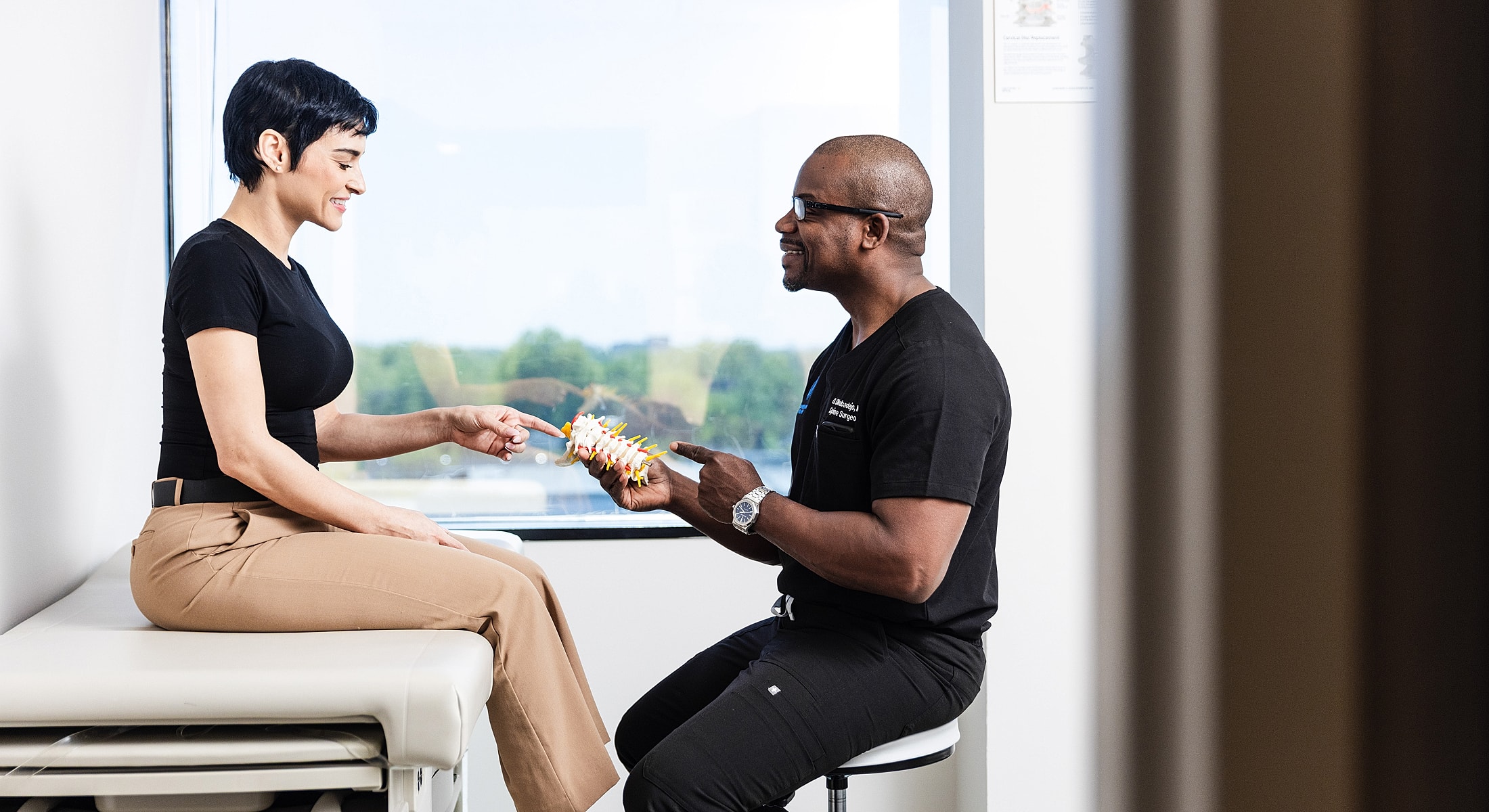
The most immediate benefit is relief from nerve-related symptoms like arm pain, tingling, or numbness. Over time, patients also notice:
Anterior cervical discectomy has a high success rate—many studies show that over 80% of patients experience significant relief from pain and symptoms. Around 90% of patients can return to work within 3 to 6 weeks following an anterior discectomy. While no spine surgery is risk-free, this procedure has a strong record of safety and effectiveness in appropriately selected patients.

If you have been experiencing chronic neck pain, numbness, or weakness in the arms, or have difficulty with coordination, you might be a candidate for anterior cervical discectomy. These symptoms could result from a herniated disc or bone spurs in the cervical spine compressing the spinal cord or nerve roots. Generally, candidates for this procedure have tried conservative treatment options such as physical therapy, medications, or injections without finding sufficient relief.
The procedure is typically recommended for individuals for whom there is clear evidence of spinal cord or nerve root compression and when the symptoms significantly impact the quality of life. However, this procedure is not ideal for everyone. Patients with severe osteoporosis, certain infections, or multiple-level cervical issues may need alternative treatments. Your overall health and medical history will also be considered in determining your candidacy for this surgery.
Recovery depends on the surgical technique used and your general health. Most patients go home the same day or after one night in the hospital.
A soft cervical collar may be worn for a few days. Activity restrictions (like no heavy lifting or overhead reaching) are typically in place for a few weeks. Physical therapy may be recommended to help regain full range of motion, especially if you’ve had a disc replacement. Follow-up visits ensure healing is progressing well and that fusion (if performed) is taking hold properly.
Most patients experience significant or complete relief from nerve-related symptoms within days or weeks of surgery.
Pain, numbness, and weakness improve rapidly. Full recovery and return to regular activities can take 4-8 weeks, though healing time varies. If fusion is performed, the treated segment of the spine will no longer move, but the surrounding areas typically adapt well. With disc replacement, motion is preserved in the treated segment, which may help prevent wear in other parts of the spine.
Cervical spine issues can have a profound effect on your daily life, and we are here to help you reclaim your well-being. Through careful diagnosis and personalized treatment plans, you will receive continuous support and direction to effectively manage your recovery journey.
We will develop a treatment plan that aligns with your specific needs and objectives. Dr. Okubadejo and his team will accompany you throughout the process, aiding you in achieving the health improvements you seek. With offices throughout New York and New Jersey and affiliations with top hospitals, we make getting the care you need easier without feeling like a number. Whether you’re considering fusion or disc replacement, you’ll be guided every step by a team that truly has your back.
With over 500 five-star reviews, Dr. Okubadejo is trusted by patients seeking real relief and lasting results. Their stories reflect our commitment to exceptional care, successful outcomes, and a better quality of life.
★★★★★



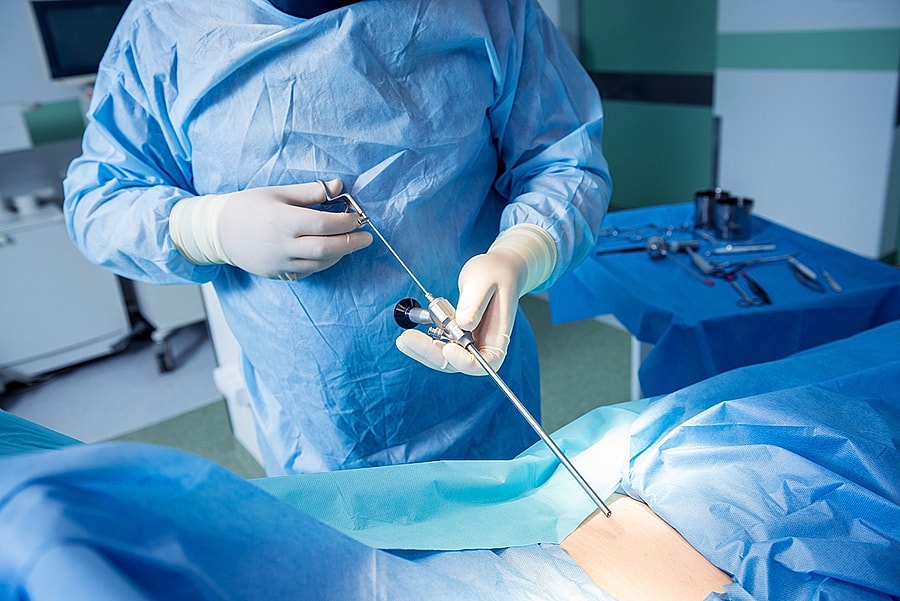
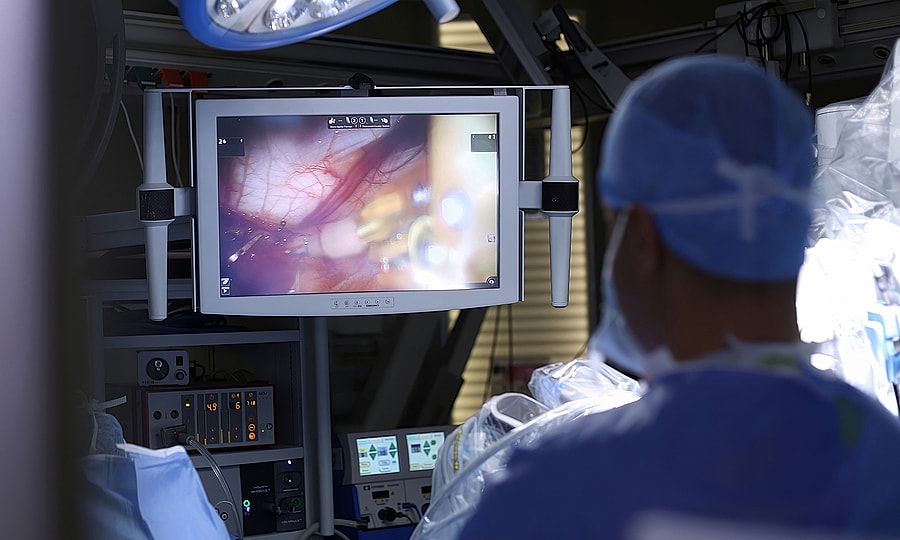
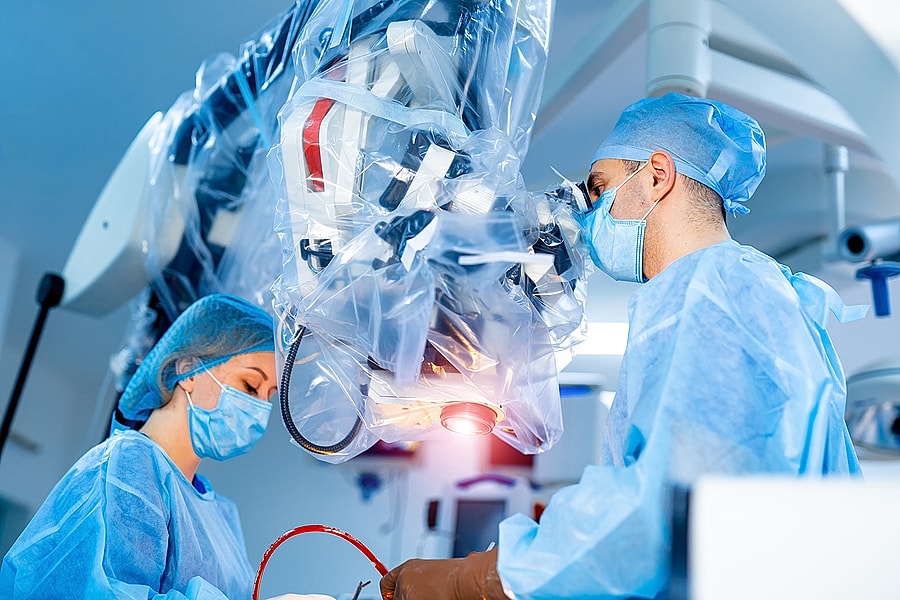
It is typically recommended for conditions such as cervical disc herniation, degenerative disc disease, spinal stenosis, or cervical spondylosis.
It is a very effective treatment for relieving symptoms associated with nerve compression in the cervical spine. However, individual results may vary, and the success of the procedure depends on various factors.
The duration of an anterior cervical discectomy can vary depending on the complexity of the condition and the number of discs involved. On average, the procedure takes around 1 to 2 hours.
Your recovery time can vary, but most patients go home within a day or two and resume light activities within a few weeks. Physical therapy may be recommended to restore neck strength and flexibility.
It’s important to follow our post-operative instructions, avoid strenuous activities, and attend follow-up appointments for proper healing and monitoring.
Depending on the specific condition and its severity, alternative treatments may be considered before surgery. These can include conservative approaches like physical therapy, medication, or epidural steroid injections.
At The Institute for Comprehensive Spine Care, we will use a combination of your medical history, a physical examination, and diagnostic imaging to determine if an Anterior Cervical Discectomy is the right choice for you.


